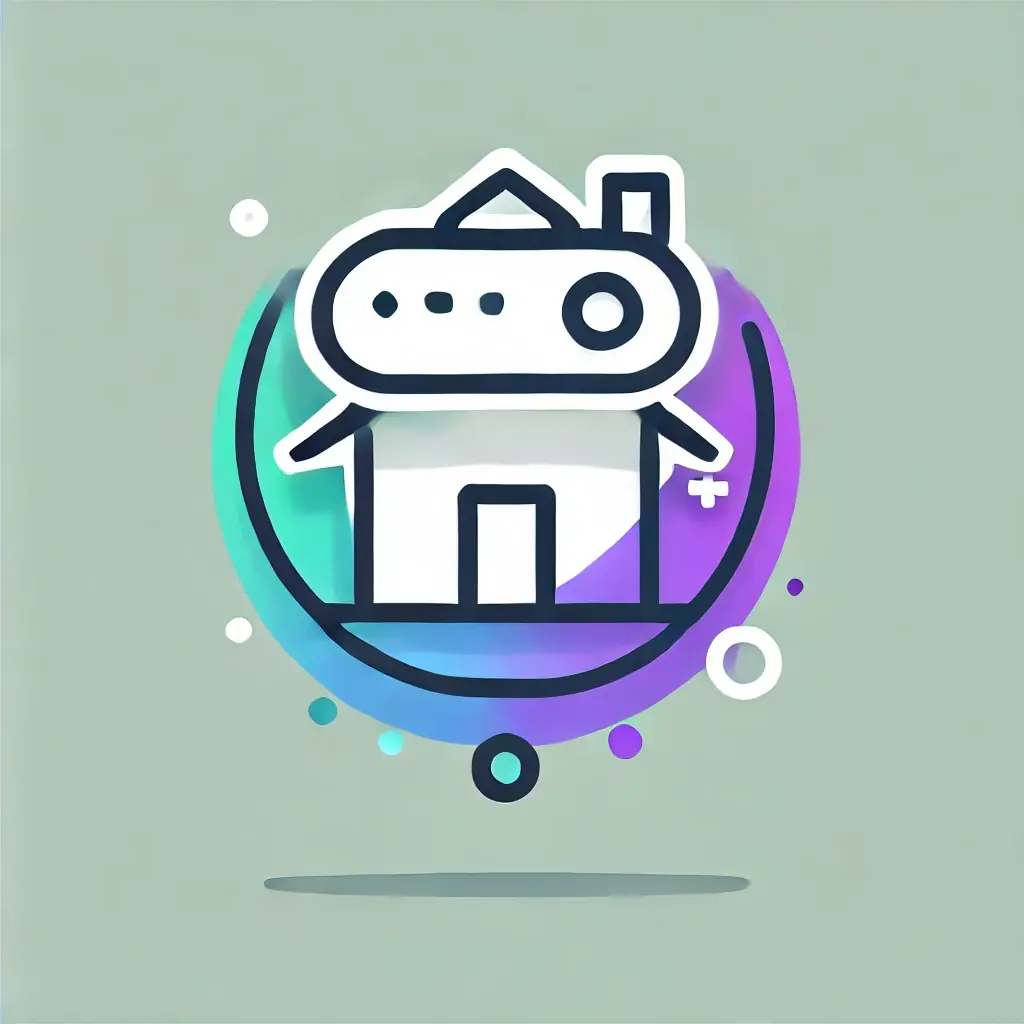Virtual reality (VR) is revolutionizing education by providing immersive learning experiences that enhance student engagement and knowledge retention. By leveraging VR technology, educators can create virtual field trips and interactive lessons that transport students to different environments, making learning more dynamic and memorable.
Immersive Learning Experiences
VR allows students to explore historical sites, scientific phenomena, and complex concepts in a 360-degree environment. For instance, students can virtually visit the pyramids of Giza or take a journey through the human body, experiencing lessons in ways that traditional textbooks cannot offer[1][2]. This experiential learning approach has been shown to improve knowledge retention significantly, with studies indicating that students remember up to 90% of what they experience compared to only 10% of what they read[5].
Virtual Field Trips
One of the most exciting applications of VR in education is the ability to conduct virtual field trips. These trips enable students to explore distant locations without the logistical challenges and expenses associated with physical travel. For example, platforms like ClassVR provide access to a variety of educational VR apps that allow students to visit places like the Roman Colosseum or outer space, enriching their understanding of history and science[2][3].
Technology and Equipment
To implement VR in the classroom, educators typically use VR headsets, which provide an immersive experience. Standalone headsets, such as those offered by ClassVR, come with user-friendly interfaces and embedded educational resources, making it easier for teachers to integrate VR into their lessons[1][5]. Additionally, immersive classrooms can be created by projecting VR content onto walls, allowing multiple students to experience the virtual environment simultaneously, fostering collaboration and discussion[3].
Role of Artificial Intelligence
Artificial intelligence (AI) enhances VR learning experiences by personalizing content and adapting lessons to meet individual student needs. AI algorithms can analyze student interactions within the VR environment, providing educators with insights into learning patterns and areas where students may require additional support. This tailored approach ensures that each student can benefit from the immersive experiences VR offers.
Conclusion
The integration of VR in education is not just a trend; it represents a fundamental shift in how knowledge is delivered and absorbed. As technology continues to evolve, the potential for VR to create engaging, immersive, and personalized learning experiences will only grow, making it an invaluable tool for educators and students alike[2][4].
Further Reading
1. Virtual Reality in Education – ClassVR
2. Benefits of Virtual Reality in Education: Tools & Resources | American University
3. VR for Education – The Future of Education | Immersion VR
4. Virtual Reality for Education – Exploring the Potential for Learning through Virtual Reality
5. Virtual Reality for Schools – ClassVR


